Physics Research
The China JinPing underground Laboratory with an extremely low cosmic-ray muon flux, 200 times lower than the Borexino site, 2 times lower than the SNO site and with a low reactor neutrino flux (1,200 km from the closest nuclear power plant) is ideal to do low background neutrino experiments. With 2,000-ton fiducial mass for the solar neutrino physics (equivalently 3,000-ton for the geo-neutrino and supernova relic neutrino physics), we found that Jinping will be able to discover the neutrinos from the CNO fusion cycles of the Sun, to precisely measure the transition phase for the solar neutrinos oscillation from the vacuum to the matter effect, to precisely determine the geo-neutrinos' flux, the U, Th ratio, and to help to determine the geo-neutrino models. It will bring our knowledge for them to a brand new stage. These physics goals can be fulfilled with the present mature techniques. Efforts on increasing the target mass with multi-modular neutrino detectors and developing the slow scintillator technique will enable us to eventually enrich the Jinping discovery potentials in the study of solar neutrinos, geo-neutrinos, and supernova neutrinos, and dark matter. Physics research is being carried out with the deepest motivation and wish to explore the Sun, the Earth, the universe, and the primary particle - neutrino.
